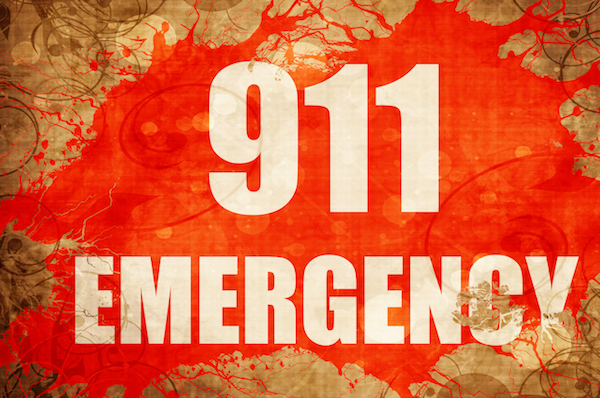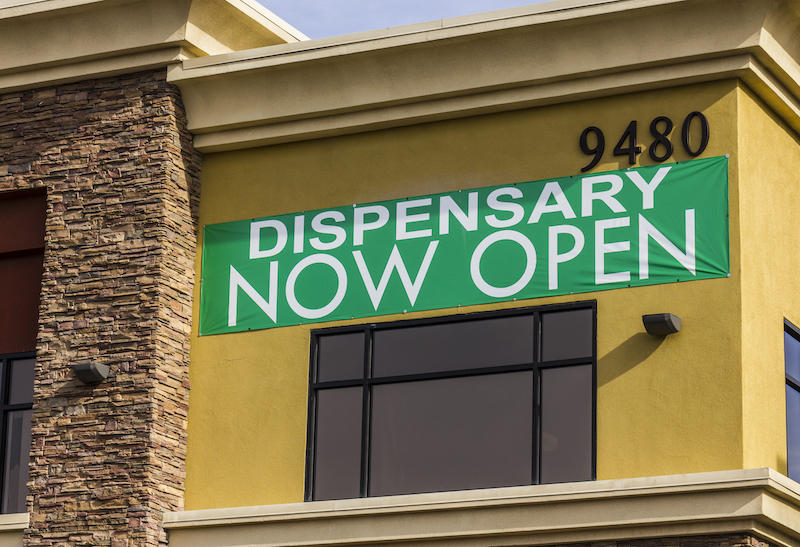Plus: Exercise equals sobriety; coping stragegies for stigma; and another weapon against the opioid epidemic
By William Wagner
America’s 911 call centers are the front lines in millions of drug and mental health crises each year, and many are unprepared to meet the moment. The finding comes in a recent study by Pew Charitable Trusts.
We also take a look at the benefits of exercise for people in recovery from alcohol use disorder, six strategies for managing addiction stigma, and a new guide for treating people with opioid use disorder.
From Pew Charitable Trusts:
An Emergency Within the Emergencies
To assess the readiness of 911 call centers in mental health and drug-related emergencies, Pew went directly to the source, surveying 233 centers across the U.S. Although Pew states in an issue brief that “the results reflect the responding 37 agencies and their jurisdictions and cannot be considered nationally representative,” the study was able to draw several general conclusions:
- Call center staffs are insufficiently trained
- More resources are needed for emergency interventions related to substance use and mental health, such as social workers and clinicians
- 911 data management systems are lacking
How these calls are handled can determine whether the incident ends safely, the person in crisis is arrested, or the person is connected to appropriate care.”
—Pew issue brief
Complicating matters is the diffuse nature of the 911 system. The roughly 5,000 call centers in the U.S. have differing structures and protocols, meaning that shoring up everything will be an organizational nightmare. But the stakes couldn’t be higher. “How these calls are handled can determine whether the incident ends safely, the person in crisis is arrested, or the person is connected to appropriate care,” the issue brief states.
From Addictive Behaviors:
Exercise Can Lead to Reduced Drinking
Addiction recovery organizations such as The Phoenix have been founded on the belief that physical activity is a key part of maintaining sobriety. Plenty of research backs that up, including a new report from Loughborough University in England. The researchers studied a group of 60 males and females between the ages of 18 and 25 and determined that moderate exercise curbed their alcohol cravings. They write in Addictive Behaviors, “The present study found that a short exercise circuit significantly reduced alcohol craving, whilst also eliciting beneficial effects on mood and anxiety. This knowledge will help aid the utilisation of exercise as a potential therapeutic tool to reduce alcohol craving, prevent hazardous alcohol use and develop a greater understanding of the mechanisms that underlie addictive behaviour.”
From Health Communication:
Stigma Coping Mechanisms
In a paper published in Health Communication, researchers from North Carolina State University outline six strategies employed by people in recovery from alcoholism. Each revolves around stigma, which, according to the study, “can jeopardize the recovery efforts of people who formerly misused substances.” The strategies are:
- Accepting the stigma
- Evading responsibility for the stigma
- Reducing the offensiveness of stigma
- Avoiding the stigma
- Denying the stigma
- Ignoring/displaying the stigma
The study, as the authors write, “showcases a variety of unified, research-based techniques people in recovery can use depending on whether they accept or challenge the stigma of being an alcoholic applies to them and/or is reflected by the public’s understanding of stigma.” The authors argue for more research into how managing communication around stigma can influence recovery.
From the Substance Abuse and Mental Health Services Administration (SAMHSA):
A Toolkit for Countering Opioid Use Disorder
SAMHSA’s recently published “Telehealth for Opioid Use Disorder Toolkit: Guidance to Support High-Quality Care” has arrived not a moment too soon. According to the Centers for Disease Control and Prevention (CDC), nearly 100,000 people died from an overdose from March 2020 to March 2021—a record for a 12-month period. Aimed at clinicians and policymakers, the 21-page guide was co-authored by Lewei Lin, MD, MS, and Christopher J. Frank, MD, PhD, from the University of Michigan.
Illustration: Shutterstock














